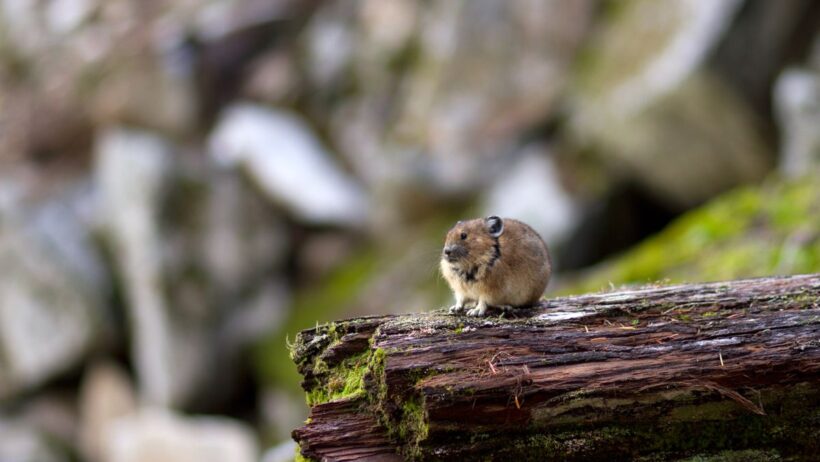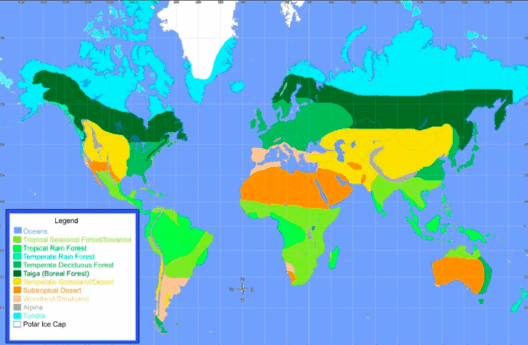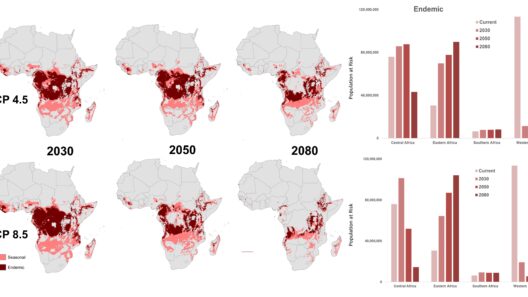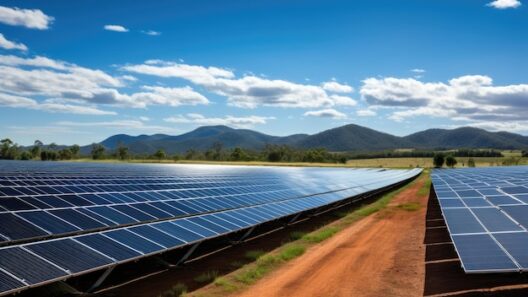As the undeniable impacts of climate change loom ever larger, the capacity for animals to adapt to global warming becomes a critical area of study. The repercussions of a warming planet manifest in myriad ways, ranging from altered habitats to shifts in food availability. Understanding how different species respond to these challenges reveals not only their resilience but also the intricate connections that define ecosystems.
A primary mechanism through which animals navigate a warming climate is behavioral adaptation. Many species exhibit remarkable flexibility in their behaviors to cope with changing environments. For instance, some birds have altered their migratory patterns due to shifting climates, arriving at traditional breeding grounds earlier in the season. Such timing adjustments are essential for synchronizing with the availability of food resources, which may be impacted by temperature changes—ensuring their young have ample nutrition when needed most.
Furthermore, dietary shifts represent another adaptive strategy. Herbivores may begin to exploit different plant species as traditional fodder becomes less prevalent due to changes in climate. On the other hand, predators may need to modify their hunting behaviors when the populations of their prey change in response to environmental pressures. These changes illustrate the interconnected nature of ecosystem dynamics, where one species’ adaptation directly influences another’s survival.
Physiological changes also play a significant role in animal adaptation to climate change. Some species may acclimate to higher temperatures by altering their metabolic rates. For example, certain amphibians have exhibited increased tolerance to warmer waters, which has become vital as freshwater environments heat up. Others may undergo phenotypic changes—these are hereditary modifications in physical characteristics like coloration or size that enhance survival. Species that can tolerate heat better may thrive, while those unable to adapt risk extirpation.
Furthermore, the concept of phenological shifts is critical in understanding how climate change affects breeding and flowering times among organisms. Many species are influenced by temperature and seasonal changes, causing mismatches in the timing of reproductive cycles and food availability. Such discrepancies can lead to declines in population numbers, underscoring the delicate interdependencies present within ecosystems.
In addition to behavioral and physiological adaptations, some species are making geographical adjustments. As temperatures rise, many species are shifting their ranges poleward or to higher elevations in search of suitable habitats. This movement, however, can lead to confrontations with existing species, resulting in increased competition for resources. It can also bring about challenges for those species that cannot migrate due to geographic barriers, such as mountains, oceans, or human infrastructure.
Equally vital is the role of genetic adaptation over longer evolutionary timescales. While behavioral changes might occur rapidly, genetic adaptations can take longer but may ultimately provide a more stable response to environmental stresses. Some animal populations exhibit genetic variations that confer advantages in heated environments. For example, research has shown that certain populations of fish can be genetically predisposed to better handle elevated temperatures. As natural selection favors these individuals, genetic adaptation may result in the emergence of more heat-tolerant species over generations.
Moreover, the role of habitat loss cannot be understated in the dialogue regarding animal adaptation to global warming. As ecosystems face degradation, such as deforestation and urbanization, species are often forced to adapt to fragmented landscapes. This not only increases competition among species but also heightens the risk of extinction for those that cannot adapt quickly enough to the new pressures. The ability of an animal to navigate these disturbances determines its survival prospects in a rapidly changing world.
Climate change also exerts pressures on marine environments, considerably affecting oceanic fauna. As ocean temperatures rise and acidification intensifies due to increased carbon dioxide levels, marine species experience extensive stress. Coral reefs, which serve as crucial habitats for many marine organisms, are particularly susceptible to these changes. In response, some marine species exhibit resilience by altering their breeding cycles or moving to cooler waters, thereby reshaping the dynamics of underwater ecosystems.
An integral aspect of understanding animal adaptation is the recognition of the limits of these mechanisms. Not all species possess the inherent flexibility or genetic diversity required to confront the pace of climate change. Species with limited ranges, specialized diets, or specific habitat requirements may find themselves unable to adapt or migrate effectively. The extinction of vulnerable species not only results in the loss of biodiversity but also alters the structure and function of ecosystems, further exacerbating the challenges faced by remaining species.
In summary, while many animals demonstrate remarkable adaptability to the impacts of global warming, this resilience is not uniform across all species. Behavioral, physiological, and genetic adaptations illustrate the multifaceted strategies animals employ in response to climate volatility. Nevertheless, the overall capacity to adapt is often curtailed by habitat loss and the rate of environmental change. To safeguard biodiversity and promote resilience in animal populations, a concerted effort towards conservation and habitat protection is paramount. Addressing the root causes of climate change—namely, greenhouse gas emissions and environmental degradation—is essential for ensuring that future generations of both wildlife and humanity can thrive in an increasingly unpredictable world.








